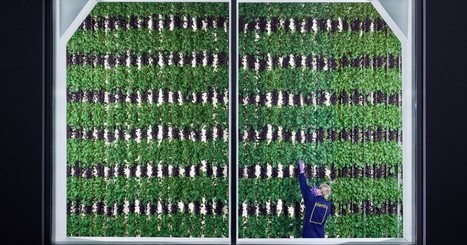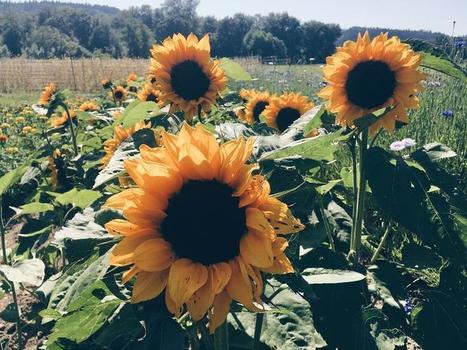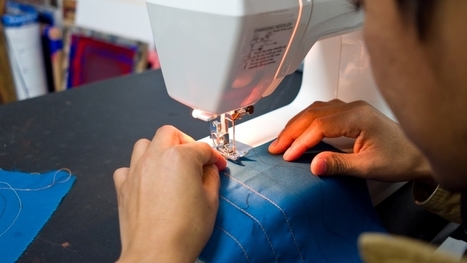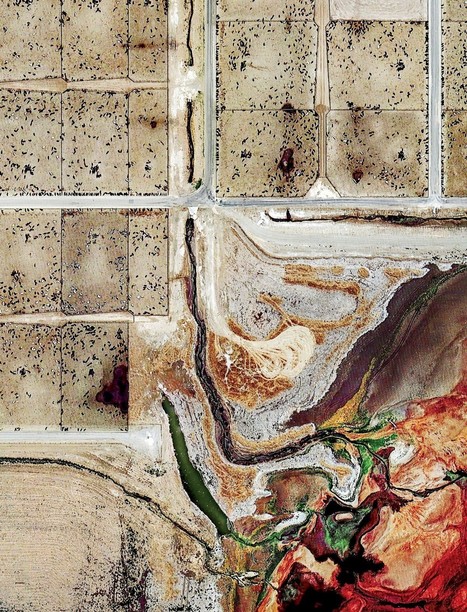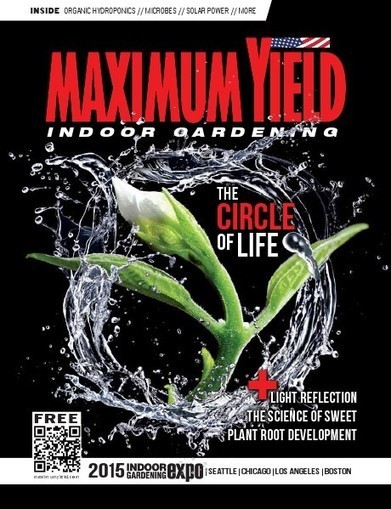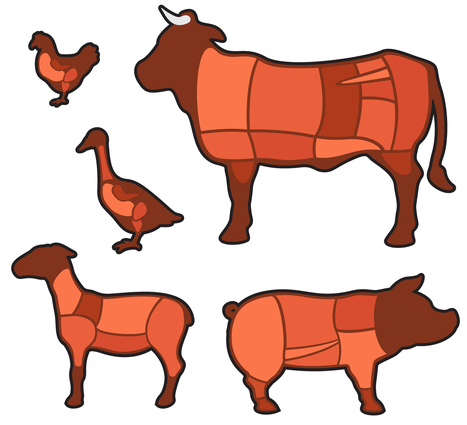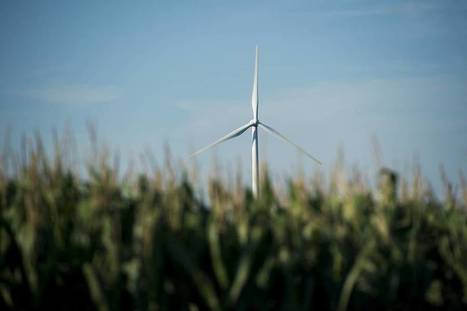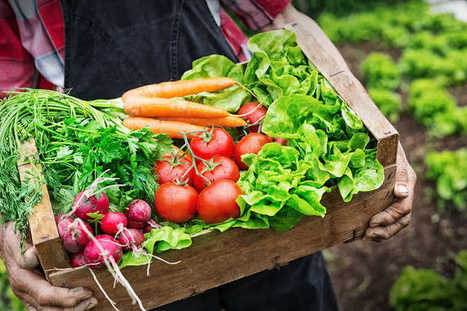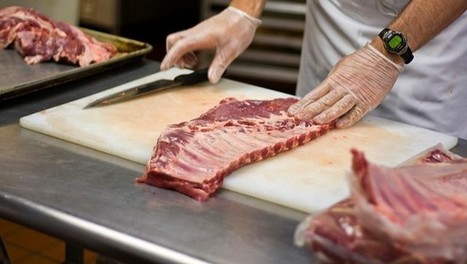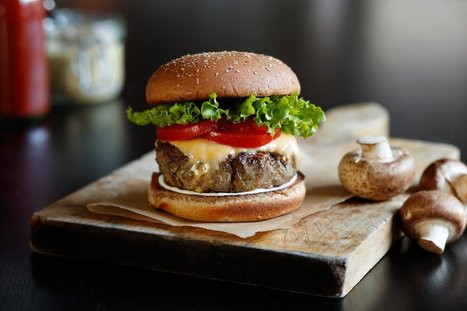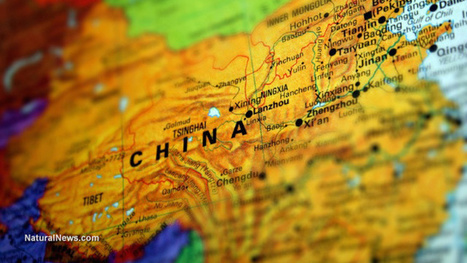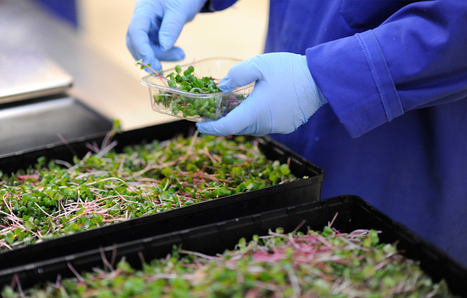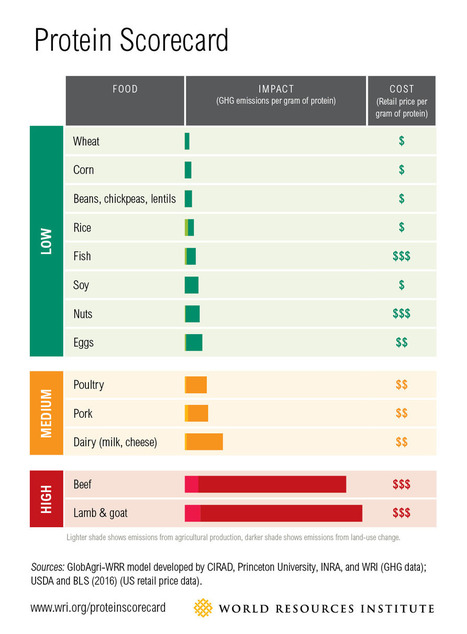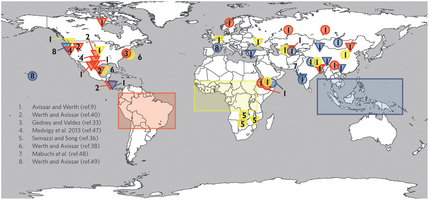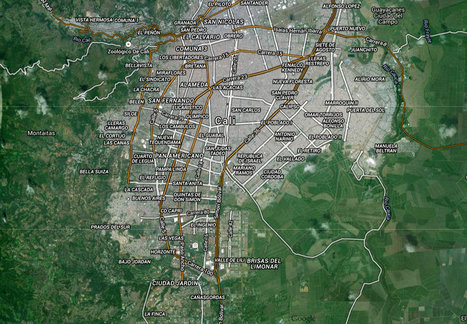Farming is now the leading source of land-based greenhouse gas pollution as deforestation has slowed.
Efforts such as these to slow deforestation have delivered some of humanity’s few gains in its otherwise lackadaisical battle so far against global warming. A gradual slowdown in chainsawing and bulldozing, particularly in Brazil, helped reduce deforestation’s annual toll on the climate by nearly a quarter between the 1990s and 2010. This new study describes how this trend has seen agriculture overtake deforestation as the leading source of land-based greenhouse gas pollution during the past decade. While United Nations climate negotiations focus heavily on forest protections, the researchers note that delegates to the talks ignore similar opportunities to reform farming. “The decline in deforestation over the past decade or two is a success story,” Rob Jackson, a professor at Stanford University’s earth sciences school, said. He was not involved with the new study. The deforestation slowdown has, “in large part,” he said, been driven by new forestry rules in Brazil, by the U.N.’s Reducing Emissions from Deforestation and Forest Degradation (REDD) program, which funds forest conservation, and similar policies elsewhere.



 Your new post is loading...
Your new post is loading...



